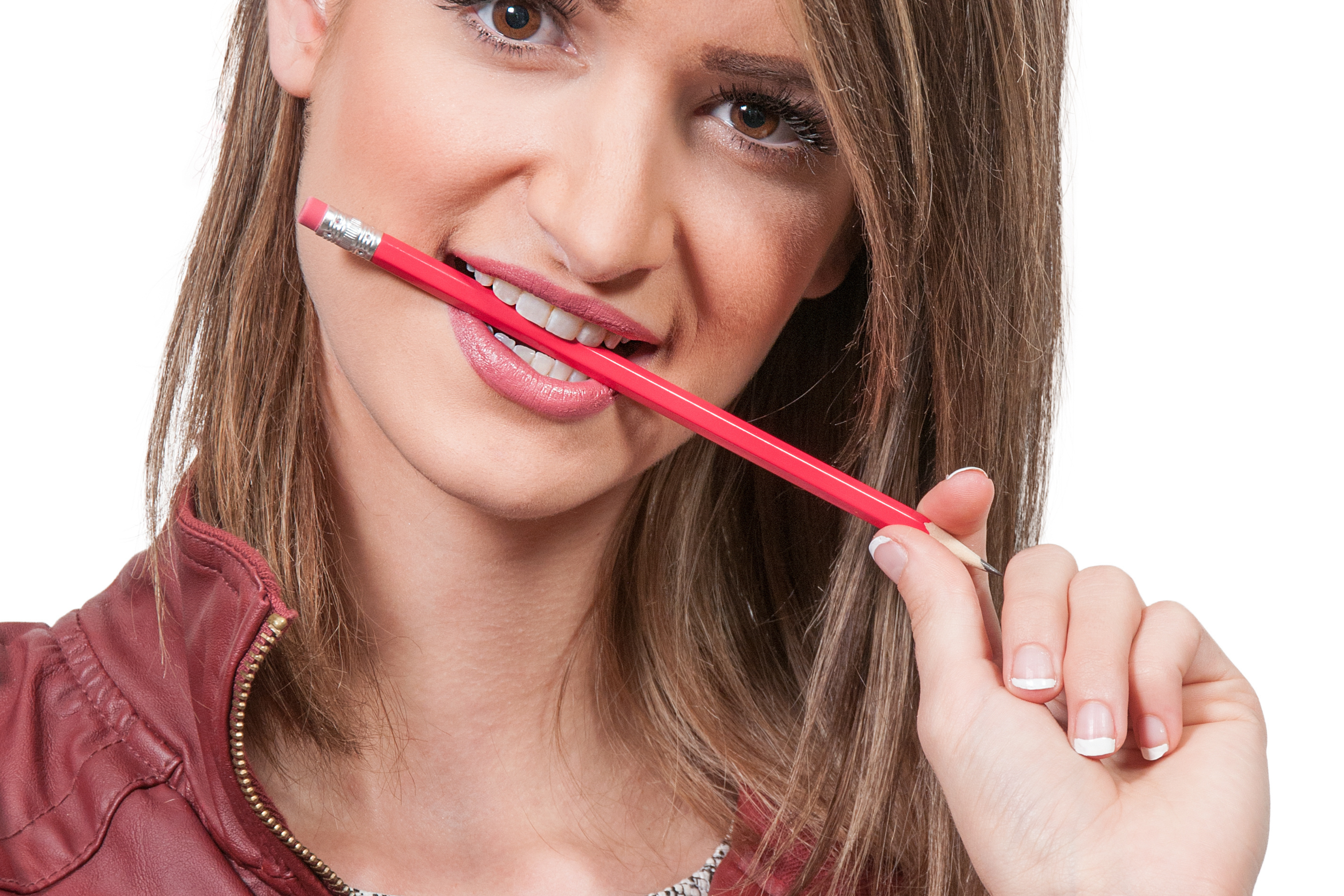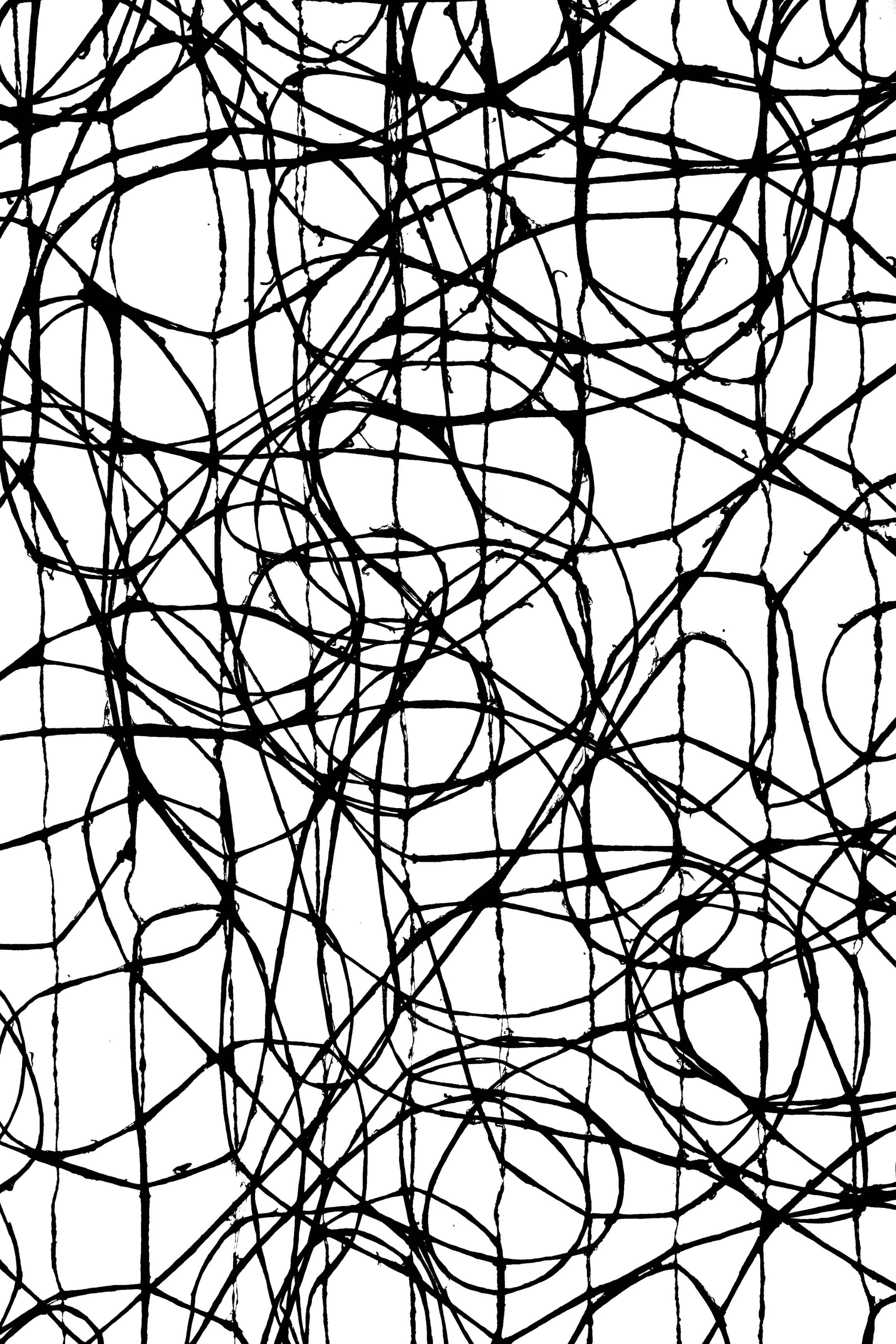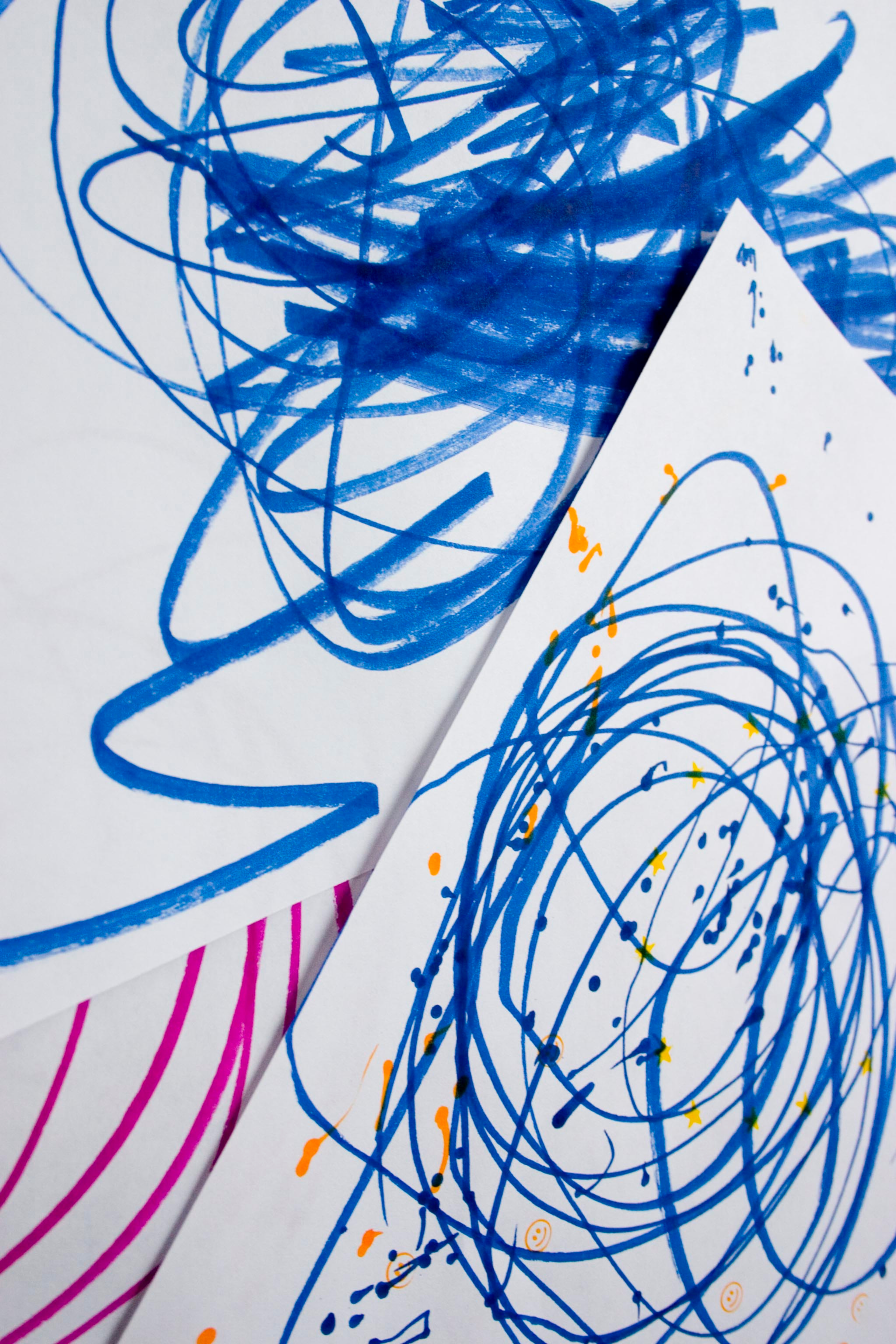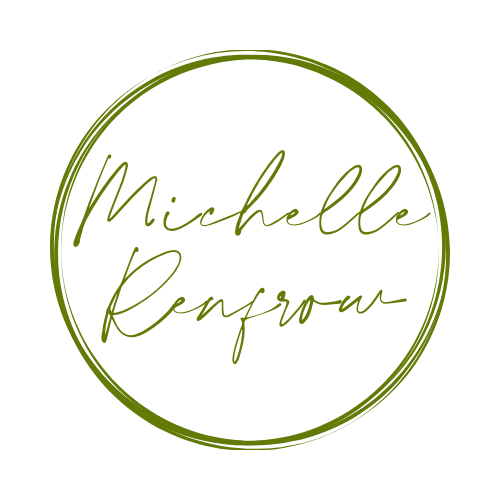Be Creative . . .it’s an order, basically and let me tell you why! For so many of us, staying motivated and productive can be a huge struggle when you are facing a crisis. If it’s a pandemic or another sort of natural disaster like a flood or tornado these are still very stressful events for both individuals and communities.
It’s normal to feel some stress and anxiety, and that stress can be amplified by your work or home environment.
“In stressful times, anxiety can put a strain on your creative drive.”, Shuterstock.com. Artists in creative industries frequently discuss needing alone time and anxiety in the same sentence. Dealing with isolation and independence is something that many artists have had to grapple with as a product of their work.
In this informative article on Shutterstock.com, it talks all about the ins and outs of the struggle to be creative, “All across the world, there are a plethora of people working from home and self-isolating, sometimes in complete solitude. The solitary nature of freelance work is now something that many of us are facing, and the strains of that work can have a detrimental effect on your mental health.”
So now all of us, not just artists, are grappling with being isolated and independent while trying to get our work done. However, there is a balance to be struck in using the isolation and independence that artists need to allow the space and energy of creativity to thrive.
For me, as an ENFP (my MBTI personality type) otherwise known as an extrovert extraordinaire, this can be a challenge. To be creative requires us to explore a few techniques and insights to help support the mental health of, not only our burnt out creatives struggling during these times of stress, but also those of you who do not consider yourself creatives. In fact, the less creative you think you are, the more you need this information.
So what is it to be creative and why is it so important you
But first, What does it mean to be creative? Most people tend to think of creativity in the realm of the arts, such as writing, painting, or composing original works. In reality, that’s a relatively limited definition.
In his 1953 paper “Creativity and Culture,” psychology professor and creativity expert Dr. Morris Stein defined the “creative work” as “a novel work that is accepted as tenable or useful or satisfying by a group at some point in time.”
He further explained that a “novel” work is “a creative product that did not exist previously in precisely the same form.”
Modern psychologists studying links between creativity and mental health often use Stein’s interpretation of creativity to illustrate the incredible range of what can be called “creative” today. Do you write code? Develop advertising campaigns? Come up with unique recipes? Sew or knit? Decorate tablescapes? Do crossword puzzles or fill in adult coloring books? Doodle during meetings? Then by most modern standards, you’re creative.
For years my mother has told everyone she is “not artistic” . I gently agree with her but then quickly correct her and tell her that she may not be artistic but she IS creative. My mom was a preschool teacher. She created these ideas for elaborate room decorations and various themes in each station.
She was able to explain her ideas in a way that I was able to turn them into the physical manifestations of her ideas. We were a great team. She will be the first to tell you she can’t “draw a stick figure to save her life”, but she sure can create a wonderful world for those stick figures to live in with the right person to do the manual labor. (for the record I am always happy to help her create her worlds for her classrooms)
Julia Cameron is a MASTER in her field and if you are not familiar with “The Artist’s Way” then you really need to pick that one up next time you are shopping online or at Barnes and Nobles. She spoke to Beverly D’Silva in this article recently and said the following,
Creativity, according to Maya Angelou, is a bottomless pit: “The more you use it, the more you have,” said the novelist. “Creativity is intelligence having fun,” is a phrase often attributed to Einstein. While advertising supremo David Ogilvy came at it from a business perspective: “If it doesn’t sell, it isn’t creative”.
We know creativity is alive in all fields of life, from medicine to business and agriculture. But the word – which derives from the Latin creare, to make – is most often associated with the arts and culture, and is believed to have first appeared in the 14th-Century literary work, The Canterbury Tales by Geoffrey Chaucer.
“Creativity is the natural order of life. Life is energy – pure creative energy,” is the first of 10 basic principles to be found in Julia Cameron’s bestselling creative guide, The Artist’s Way.
It is subtitled A Spiritual Path to Higher Creativity because, she tells BBC Culture, “creativity is, to my eye, a spiritual experience”. For Cameron, there is no “creative elite”; we are all creative, she says.
And while she began life as a scriptwriter – and continues to write novels, poetry and songs – it has become her life’s work to teach the many thousands from all creative fields who come to her artistically hampered by the demons of self-doubt and self-criticism, or claiming lack of time or talent”.
Award winning writer Elizabeth Gilbert (Eat, Pray Love) explored creativity in her 2015 book Big Magic: Creative Living Beyond Fear. She was inspired to write it having met so many people who complained they were creatively blocked. Their main problem, she concluded, is “always and only [to do with] fear – tumbling piles of fear”.
“Creativity will always provoke your fear,” says Gilbert, who has come to terms with her own artistic anxiety by “talking to it in a friendly way… I acknowledge its importance and I invite it along”. Equally, we should allow, or even embrace, our mistakes. Being imperfect is fine. Perfectionism is “the murderer of all things good” she says.


How creativity works to improve mental health
So how do creative activities connect with mental health? That’s what we all want to know right? Nyctherapy.com does a beautiful job of spelling this all out for us. “Typically, when people are creating something, whether it’s a software program, graffiti, or a quilt, they tend to get lost in the activity.
The act of creating requires focus and concentration, and multitasking doesn’t work. Some psychologists call this state of creativity, “flow.” The Flow Genome Project, an organization that researches human performance, defines the state of flow as “those moments of rapt attention and total absorption when you get so focused on the task at hand that everything else disappears and all aspects of performance, both mental and physical, go through the roof.”
The web site goes on to say, “The state of creative flow is caused by changes in brain function. Brain Waves slow down, and original thoughts are better able to form. Additionally, the prefrontal cortex temporarily deactivates, or “goes quiet,” making us less critical of our ideas and more courageous. Lastly, during a flow state, our brain releases “an enormous cascade of neurochemistry,” including large quantities of endorphins, serotonin, and dopamine.
These are pleasure- and satisfaction-inducing chemicals that affect creativity and well-being.”
“The way the brain acts during creative activities is similar to the experience during meditation, mindfulness, and yoga exercises. These activities are designed to help you find peace, calm, and happiness by blocking out external stimuli. Like these exercises, creativity can produce a natural “high” or feeling of joy and contentment.”

So let’s practice a little mental health therapeutic art right now. Grab some paper and pencil, pen, or whatever is handy.
Sit somewhere quiet. Close your eyes and take a few deep breaths in through the nose and out through the mouth. Take a minute to notice where in your body you’re holding tension.
Are your shoulders tight?
Are your fists clenched?
Is your knee bouncing up and down without you really being aware of it?

Now go ahead and open your eyes, pick up your writing Implement and just start to gently scribble across the paper.
There doesn’t have to be any method to your madness, just gently scribble. Maybe your scribbles are in loops of circles and spirals, maybe your scribbles are straight lines back and forth, back and forth, back and forth.
Do this for a few minutes and while you’re doing it concentrate on your breathing. Turn off all the other distractions and just breathe and draw. When you are done you’ll know it and you can just put down your writing utensil and look at what you did.
While looking at it, notice how your body feels.
Has your breathing slowed?
Has your knee stopped bouncing?
Where is your tension?
Do you have less now?
Do you notice that you feel more peace?
This is an easy exercise to create calm and can be done with anyone, anywhere! In my next blog we will look at how creative leaders work so well and how being creative will literally improve your health! See you next time.

